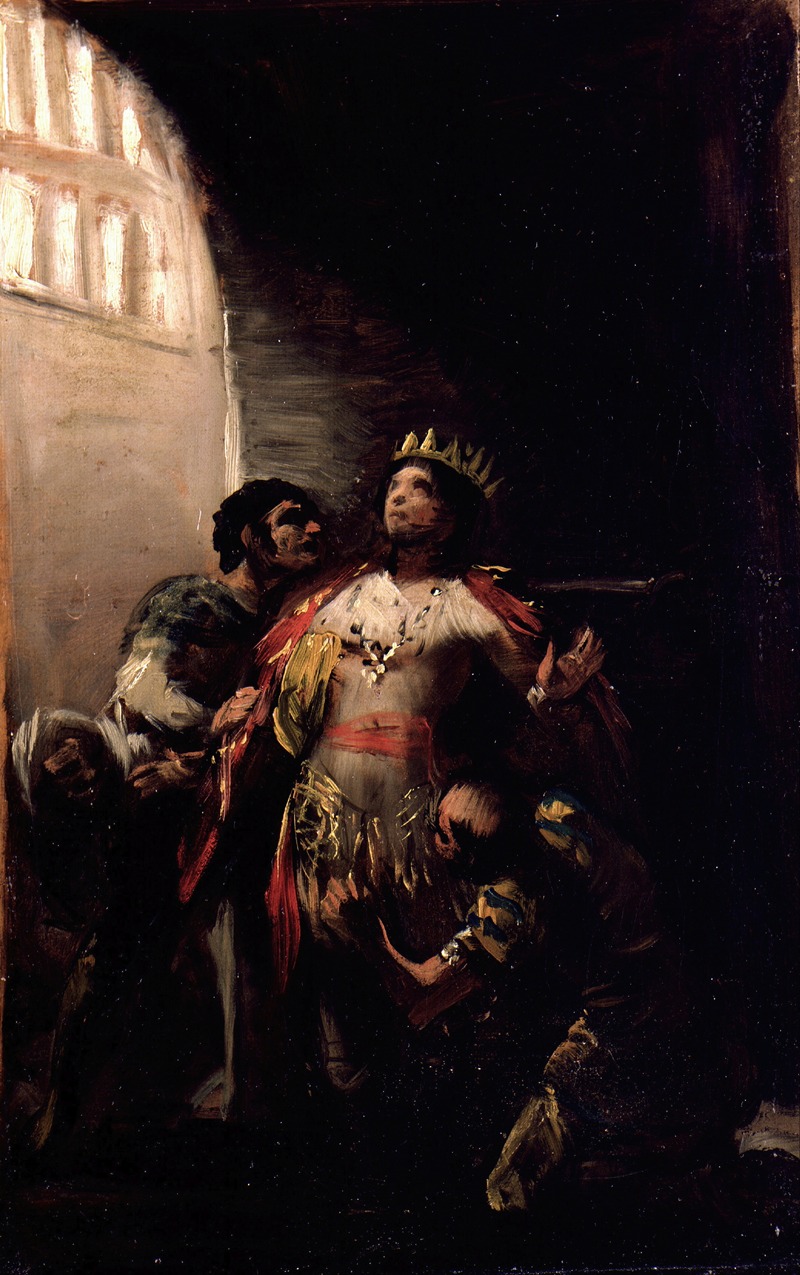
St Hermenegild in Prision
A hand-painted replica of Francisco de Goya’s masterpiece St Hermenegild in Prision, meticulously crafted by professional artists to capture the true essence of the original. Each piece is created with museum-quality canvas and rare mineral pigments, carefully painted by experienced artists with delicate brushstrokes and rich, layered colors to perfectly recreate the texture of the original artwork. Unlike machine-printed reproductions, this hand-painted version brings the painting to life, infused with the artist’s emotions and skill in every stroke. Whether for personal collection or home decoration, it instantly elevates the artistic atmosphere of any space.
Francisco de Goya, one of Spain's most renowned painters, created the artwork "St Hermenegild in Prison" during his prolific career. Goya, known for his profound impact on both the Romantic and modern art movements, often explored themes of political and social significance in his work. However, specific details about the painting "St Hermenegild in Prison" are scarce, and it is not among the most documented or widely studied pieces in Goya's oeuvre.
St. Hermenegild was a Visigothic prince who became a martyr and saint in the Christian tradition. His story is one of religious conflict and conversion, as he famously rebelled against his father, King Leovigild, due to religious differences. Hermenegild converted from Arianism, the branch of Christianity practiced by the Visigoths, to Nicene Christianity, which was the faith of the Roman Catholic Church. This conversion led to a familial and political conflict, culminating in Hermenegild's imprisonment and eventual execution. His steadfastness in faith, even in the face of death, made him a symbol of religious conviction and martyrdom.
Goya's depiction of St. Hermenegild in prison would likely have drawn upon these themes of religious conflict and personal sacrifice. Goya's work often reflects a deep engagement with the human condition, exploring themes of suffering, resilience, and the complexities of human nature. His paintings are characterized by their emotional intensity and dramatic use of light and shadow, techniques that he might have employed to convey the somber and contemplative mood of Hermenegild's imprisonment.
While the specific visual details and composition of "St Hermenegild in Prison" are not well-documented, Goya's broader body of work provides context for understanding how he might have approached such a subject. Goya's paintings often feature a stark realism and a focus on the psychological states of his subjects, suggesting that his portrayal of Hermenegild could have emphasized the saint's inner turmoil and spiritual resolve.
Goya's art was deeply influenced by the political and social upheavals of his time, including the Enlightenment and the Peninsular War. His works frequently critique the institutions of power and the impact of war and conflict on individuals and society. Although "St Hermenegild in Prison" is not explicitly linked to these themes, Goya's interest in the tension between authority and individual conscience might have informed his depiction of the saint's story.
In summary, while specific information about "St Hermenegild in Prison" is limited, understanding Goya's artistic style and thematic interests provides insight into how he might have approached this subject. His focus on human emotion, moral complexity, and the struggles of the individual against oppressive forces would likely have been central to his portrayal of St. Hermenegild's imprisonment and martyrdom.





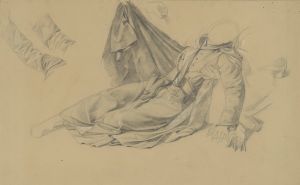

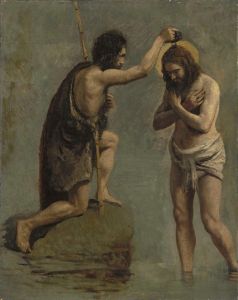
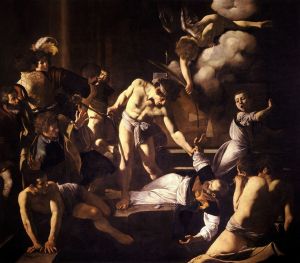
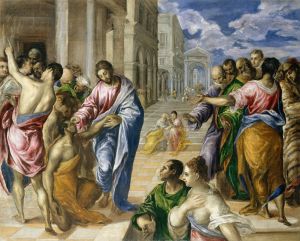
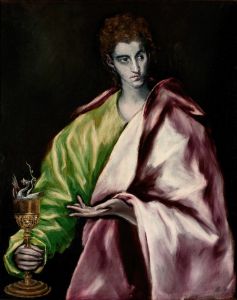
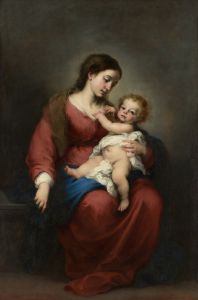
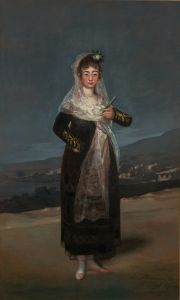
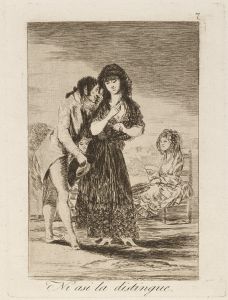
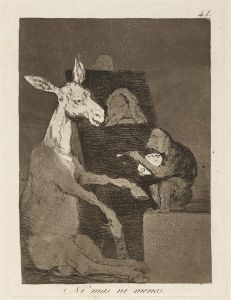
![Renounce the Friend Who Covers You with His Beak [Flying Folly]](/imgs/264650/s/francisco-de-goya-renounce-the-friend-who-covers-you-with-his-beak-flying-folly-e613558e.jpg)
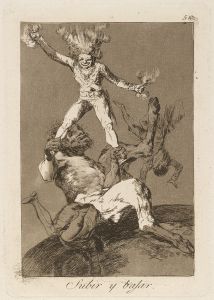
![Where There’s a Will There’s a Way [A Way of Flying]](/imgs/264671/s/francisco-de-goya-where-theres-a-will-theres-a-way-a-way-of-flying-fb3fa35a.jpg)
